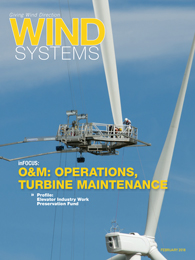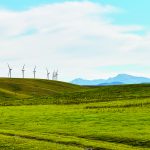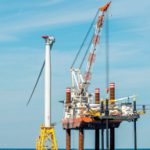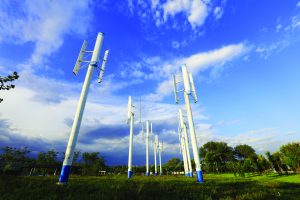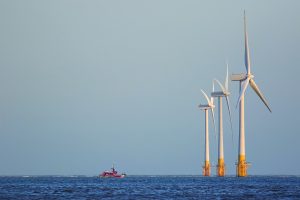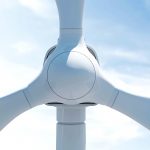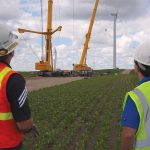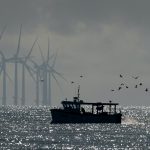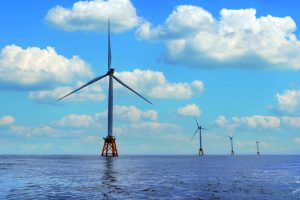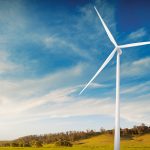Wind turbines remain a significant component of alternative electricity generation. The traditional design of such turbines includes a rotor, a generator, and a gearbox, which converts rotation of the rotor into generator-shaft rotation.
Although a different design of the wind-power units was developed in the 1990s with synchronous generators and frequency converters without the need to use gearboxes, most current wind turbines are equipped with them. Practical experience of operation indicates correct maintenance ensures full compliance with reliability and service life duration requirements.

Points of Attention
The technology of gearbox manufacturing has changed in the last decades due to growing loads and power. At the same time, the amount of oil used in generators to reduce friction, corrosion, and surface damage has been decreased.
Small wind turbines are equipped with gearboxes with a lifetime load of oil. If such devices break, they are not repaired, but replaced with new ones.
Large gearboxes come under extreme loads, wide temperature variations, variable wind speed, vibration, and moisture. The results are micropitting and breaking of meshed teeth and bearings. To prevent this, gearbox oil must perform its function well. It is the quality of the lubrication material (purity and high temperature stability) that is the decisive factor for long and reliable operation of a gearbox. This means the oil quality monitoring and timely oil change is a must.
Wind turbine gearbox oil changers
As recently as 15 to 20 years ago the oil was changed by a human chain with buckets of oil. Some companies still rely on this method even now. However, it is hardly viable. First, manual labor is time consuming. Second, a simple oil change does not solve the problem since most contaminants remain in the gearbox after the change and quickly contaminate new oil.

GlobeCore GmbH has developed the CMM-G unit for double-stage (old oil drain and new oil input) and triple-stage (old oil drain, gearbox flushing, and new oil input) automatic oil change. The unit can heat and filter new oil before filling the gearbox. The CMM-G unit takes the specific conditions of wind-turbine operation into account:
- The unit is fully mobile and can be transported on trailer and in a container.
- The unit can be operated in the field.
- A special electrical drive facilitates quick hose reeling.
- The control system manages flow setting depending on the current condition of the filters, supply height, and other parameters.
- The unit can be used to change both mineral and synthetic gearbox oil.
It takes two technicians more than 12 hours to change 80 gallons of oil, while the CMM-G unit can perform the same task in one to two hours. For small-scale renewable energy companies or small businesses servicing wind turbines, GlobeCore produces a small oil changer with independent tanks. A small model optimizes costs for servicing wind turbines.

No less important is the issue of frequency of wind-turbine gearbox oil change. There are two approaches: One takes into account the recommendations of the manufacturer regarding lubrication material lifetime, and the change is performed strictly in cycles (usually once every two or three years). The other approach involves assessment of the oil’s quality and making a decision regarding oil change only after an analysis of oil samples.
The development of change schedule and selection of equipment for oil change is a complicated task that requires individual approach, depending on conditions (available equipment, the number of wind turbines to service, availability of specialists with practical experience in oil choice, and oil change). It is worth remembering, however, that only technological innovations can reduce both capital and operating costs.
















